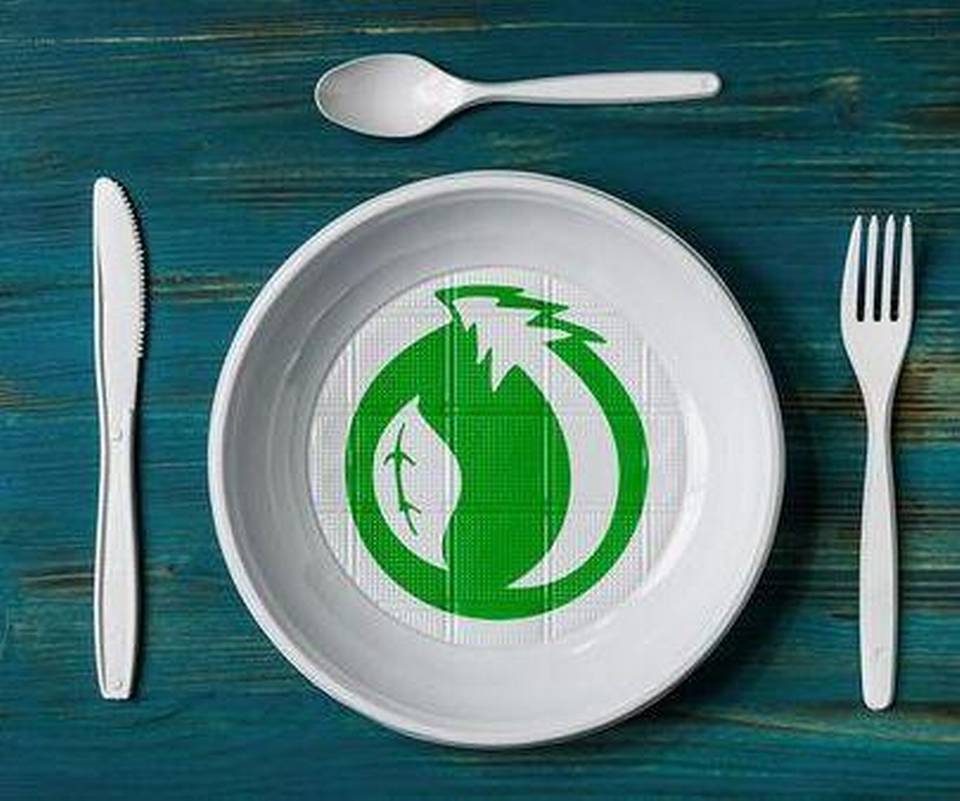For ensuring greater adoption of the biodegradable variant, manufacturers say a major policy push is needed from government to help make it more affordable.
Mohammed Ashfaq, managing director of the Bengaluru-based Plastobag Industries, recalls the incident that spurred him to make biodegradable plastics. One day in 2011, when he entered his home, his 12-year-old daughter, who had just learnt about the environmental ills of plastic, berated her father, “Papa, you are polluting the entire city.” That made Mr. Ashfaq want to do something that would make his daughter proud, he said. The research he began that year culminated in the commercial production of eco-friendly plastics at his factory in early 2018. Today, 35%, or more than a third, of his products are biodegradable, he said.
Plastobag is one of the sixteen companies in India that have permission from the Central Pollution Control Board to make bioplastics. (‘Bioplastics’ is used here to mean biodegradable, although it can have other meanings). Between them, these manufacturers make carry bags, cutlery, films, food containers, and bin liners. Unlike conventional plastics, these items can be broken down by microbes in industrial composting facilities within six months. This makes them a promising, if partial, solution to India’s plastic problem.
Yet, these firms face big challenges in finding customers. Because most bioplastics produced globally are made from the byproducts of food crops, they are expensive. Compared to conventional plastics, which are derived from fossil fuels, a bioplastic carry bag could cost almost thrice as much. With only a few municipal corporations implementing the 2016 countrywide ban on conventional plastic carry bags of less than 50 micron thickness, there has been no economic reason for most people to switch.
The second roadblock in the way of bioplastics fulfilling their eco-friendly purpose is that most of them require industrial composting facilities to be disposed of. But most cities lack an adequate number of such facilities; this means the bioplastics end up on the streets and harm the environment just like normal plastics do.
Bioplastics can be made out of dozens of different feedstocks. Take one of the commonest bioplastics in use today — polylactic acid (PLA). Companies like Germany’s BASF and the U.S.-based Natureworks synthesise PLA from starch extracted from food crops like corn and cassava. This PLA is then imported by Indian companies, who blend it with other ingredients to make carry bags, bin liners or cutlery.
Polyhydroxyalkanoates, or PHA, is another feedstock that is synthesised by having bacteria feed on vegetable oils or sugars from food crops.
Article Credit:- TheHindu


